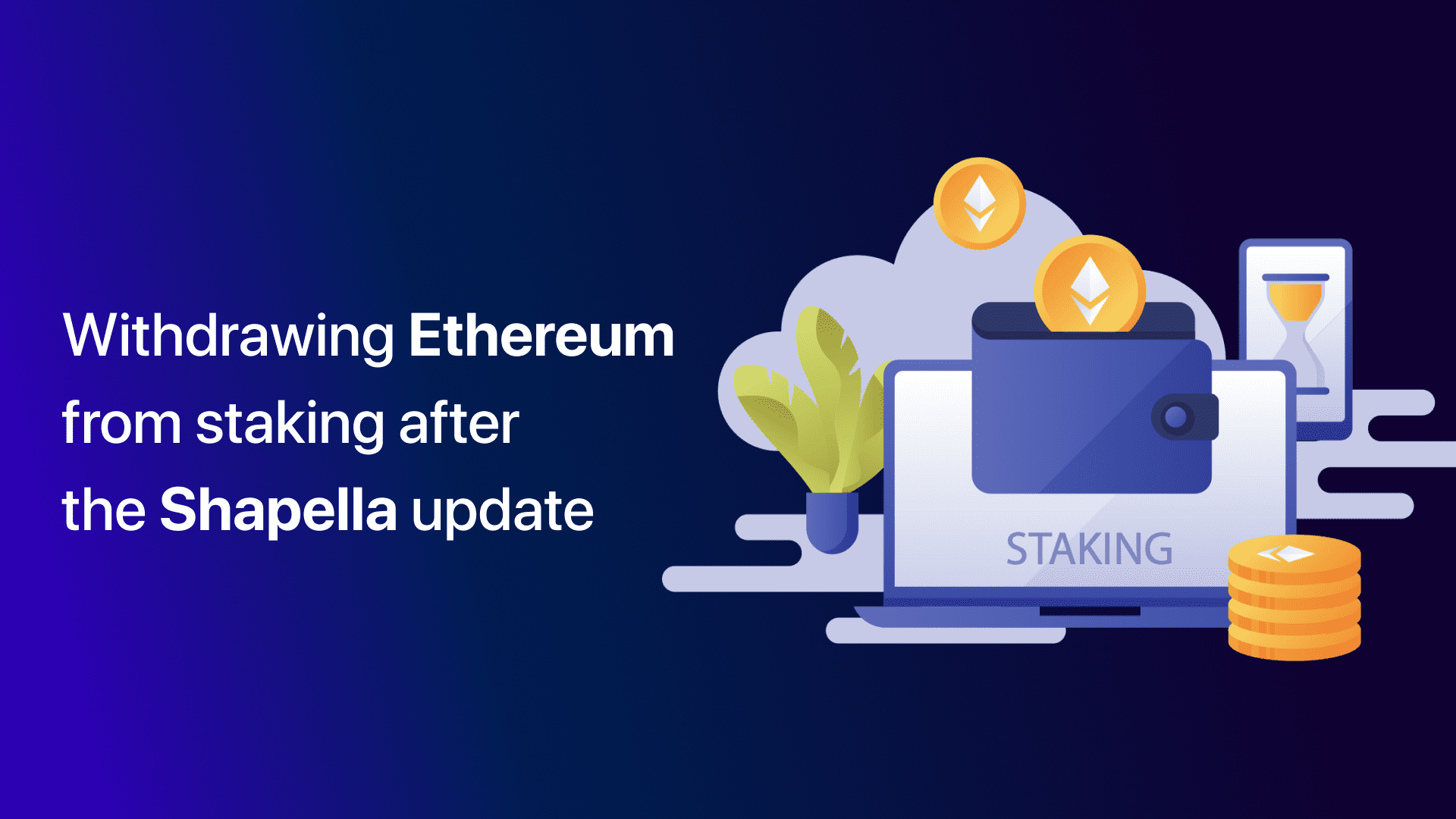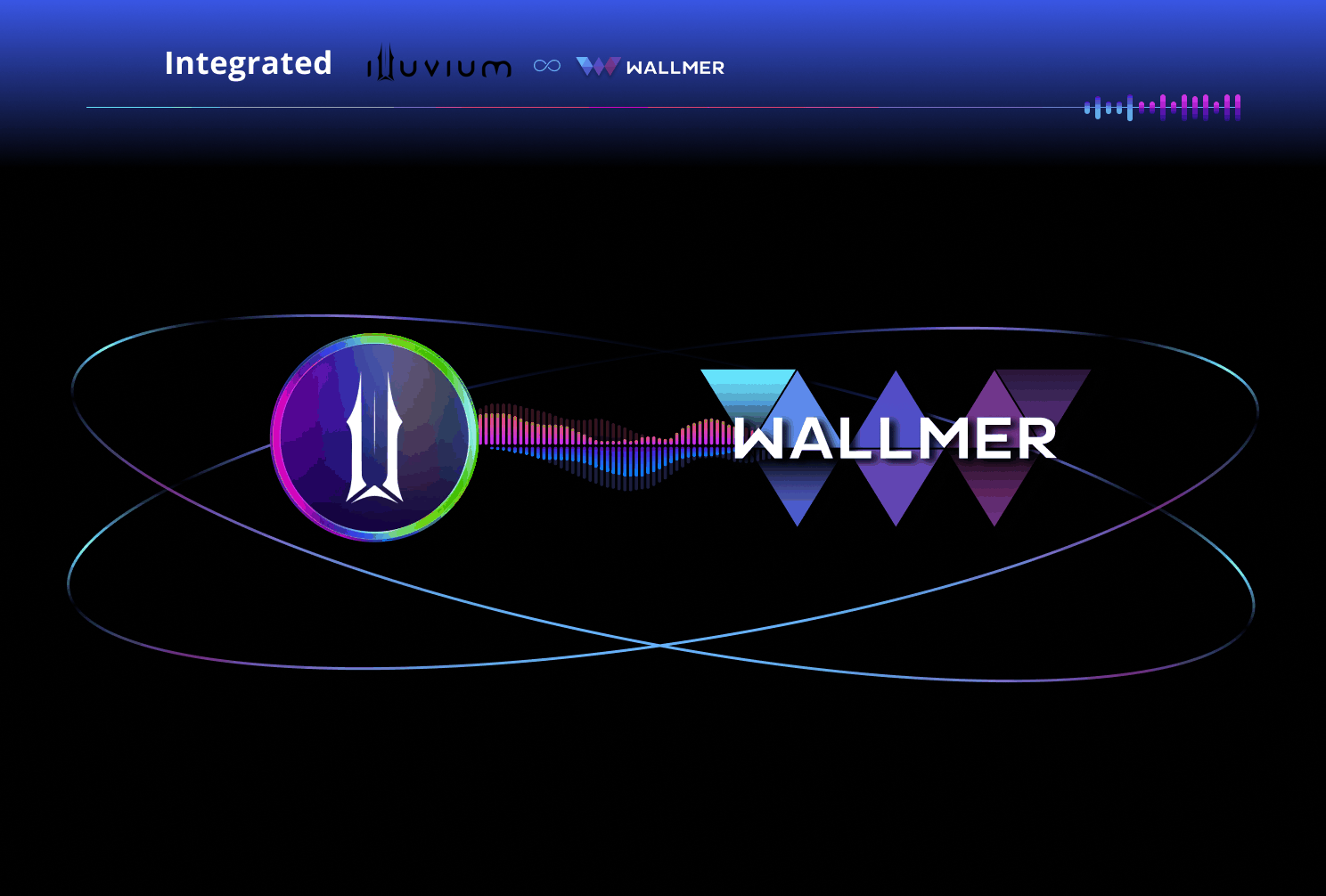On April 13th, the Ethereum blockchain underwent the Shapella hard fork, which introduced significant changes to the execution and consensus levels of the network. One of the most anticipated changes was the ability to withdraw ETH from the Beacon Chain deposit contract, which has been a long-awaited feature for validators since the launch of the Beacon Chain in 2020.
How will the withdrawal of Ethereum from staking after the Shapella update occur?
The Shapella hard fork aims to reduce gas costs, optimize data storage, introduce EVM-related improvements, and implement new cryptographic primitives. However, there is active discussion in the community about the potential impact of the upgrade on Ethereum’s prices, with some predicting a drop due to the withdrawal of ETH from the deposit contract, while others anticipate a rally as investor interest in staking increases.
Withdrawal of funds from the deposit contract is available only to addresses with the prefix 0x01, and unlocking cryptocurrency will not happen overnight. The process will take time and depend on various factors.
Users have two options for withdrawal:
Partial (assets above the 32 ETH balance) or full withdrawal, which requires joining the queue for unlocking. The size of the queue depends on the total number of validators.
Galaxy Digital expects validators to sell more than 500,000 ETH, which may have a slight bearish impact on prices. However, the activation of the Shapella hard fork could potentially have a positive impact on the asset price in the long run due to an influx of liquidity into the Ethereum DeFi ecosystem and increased investor interest in cryptocurrency staking.
So, how will the withdrawal of Ethereum from staking after the Shapella update occur?
The Shapella hard fork is a significant milestone for the Ethereum blockchain, and its impact on prices will depend on various factors. Regardless of short-term price movements, an influx of liquidity into the Ethereum DeFi ecosystem and increased investor interest in cryptocurrency staking can be expected.
Read more articles on our blog https://blog.wallmer.com/



